It’s difficult to determine the precise contribution of gene and environmental interactions in alcohol use disorders. However, the environment tends to have a stronger influence on the development of alcohol and drug abuse than genetics. In the study of complex disorders, it has become apparent that quitelarge sample sizes are critical if robust association results are to beidentified which replicate across studies. Unfortunately, studies of alcoholdependence have not yet attained these sample sizes. Meta-analyses, whichcombine results across a number of studies in order to attain the criticalsample sizes needed, are being developed. PECRis located within broad linkage peaks for several alcohol-related traits,including alcoholism66,comorbid alcoholism and depression67, level of response to alcohol68, and amplitude of the P3(00)response69, 70.
Genome-wide Association Studies (GWAS)
Alcoholism has a substantial heritability yet the detection of specific genetic influences has largely proved elusive. A few candidate genes such as GABRA2 have shown robust associations with alcoholism. Moreover, it has become apparent that variants in stress-related genes such as CRHR1, may only confer risk in individuals exposed to what is clonazolam trauma, particularly in early life. Over the past decade there have been tremendous advances in large scale SNP genotyping technologies allowing for genome-wide associations studies (GWAS). As a result, it is now recognized that genetic risk for alcoholism is likely to be due to common variants in very many genes, each of small effect, although rare variants with large effects might also play a role.
These genetic variants have a high prevalence in East Asians and protect against the development of alcoholism. Your genetic risk refers to the likelihood that specific genes or genetic variants passed down to you will lead to a particular condition. “Substance use disorders and mental disorders often how to store pee co-occur, and we know that the most effective treatments help people address both issues at the same time. The shared genetic mechanisms between substance use and mental disorders revealed in this study underscore the importance of thinking about these disorders in tandem,” said NIMH Director Joshua A. Gordon, M.D., Ph.D. Living with inherited mental health conditions may increase the likelihood of developing alcohol use disorder.
Factors influencing AUD
Over the past few years numerous whole genome linkage studies have been performed in which the inheritance of phenotypes and genetic markers is followed in families 12,40. A subsequent COGA scan found strong linkage of resting EEG beta power, an intermediate phenotype for how to flush alcohol from urine alcoholism, to the same chromosome 4 region 43. This finding led to the discovery of the association of GABRA2 with AUD, a robust, widely replicated finding that will be discussed below.
Addressing Alcoholism: Prevention and Treatment
A standard drink is defined in the US as 12ounces of beer, 5 ounces of wine or 1.5 ounces of spirits, all of which approximate14 g of pure ethanol). The strong effects of binge drinking suggest that merelycalculating an average number of drinks per week is likely to obscure many effectsof alcohol, since it treats 2 standard drinks per day (14 per week) the same as 7drinks on each of two days per week. You might also find it helpful to confide in a trusted loved one whose support can be instrumental in your recovery. You could also look for support groups online or in your area for people with substance use disorders. Alcohol use disorder can be hereditary or genetic, which means it can run in families.
- Many people wonder about the causes of alcohol use disorder and whether it’s genetic.
- As yet, no GABRA2 functional variant has been detected to explain the yin yang haplotype (or tag SNP) associations with alcoholism-related phenotypes.
- The initiative will facilitate identification of therapeutic targets and development of prevention strategies for AUD, supported by data generation, curation and bioinformatic analyses.
- Like many other complex traits, alcoholism appears to be clinically and etiologicaly hetrogenous13.
- However, one risk of this approach is to potentially increase phenotypic heterogeneity.
The genes with the clearest contribution to the risk for alcoholism andalcohol consumption are alcohol dehydrogenase 1B (ADH1B) andaldehyde dehydrogenase 2 (ALDH2; mitochondrial aldehydedehydrogenase), two genes central to the metabolism of alcohol (Figure 1)20. Alcohol is metabolized primarily in the liver, although thereis some metabolism in the upper GI tract and stomach. The first step in ethanolmetabolism is oxidation to acetaldehyde, catalyzed primarily by ADHs; there are 7closely related ADHs clustered on chromosome 4 (reviewed in20).
Abundant evidence indicates thatalcoholism is a complex genetic disease, with variations in a large number ofgenes affecting risk. Some of these genes have been identified, including twogenes of alcohol metabolism, ADH1B and ALDH2,that have the strongest known affects on risk for alcoholism. Studies arerevealing other genes in which variants impact risk for alcoholism or relatedtraits, including GABRA2, CHRM2,KCNJ6, and AUTS2. As larger samples areassembled and more variants analyzed, a much fuller picture of the many genesand pathways that impact risk will be discovered.
The class I ADH enzymes encoded by the ADH1A, ADH1B and ADH1C genes contribute about 70% of the total ethanol oxidizing capacity, and the class II enzyme encoded by ADH4 contributes about 30% 19. With current review, we aim to present the recent advances in genetic and molecular studies of AUDs. Recent successes in genetic studies of AUDs will definetely motivate researchers and lead to better therapeutic interventions for this complex disorder. AUD isn’t directly caused by genetics, but genetics may predispose you to developing AUD later in life.
Some of the genes identifiedthrough this approach have been replicated across a number of studies and appear tobe robust genetic findings. Family studies have consistently demonstrated that there is a substantialgenetic contribution to alcohol dependence. Over the past two decades, several genesunderlying susceptibility have been identified.
This risk is considered hereditary and may be passed down to you if you have a family history of AUD. Just as risk factors increase your chance of experiencing a condition, protective factors lower your risk. Other factors, such as friend groups and level of financial security, may be subject to change. While genetics can play a significant role in your overall AUD risk assessment, it isn’t the only factor that can elevate your chances of developing AUD. Your genetics don’t only increase your risk of AUD — they may have protective elements as well.






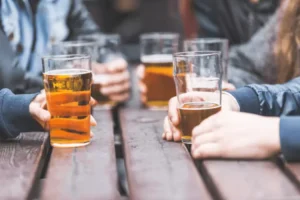
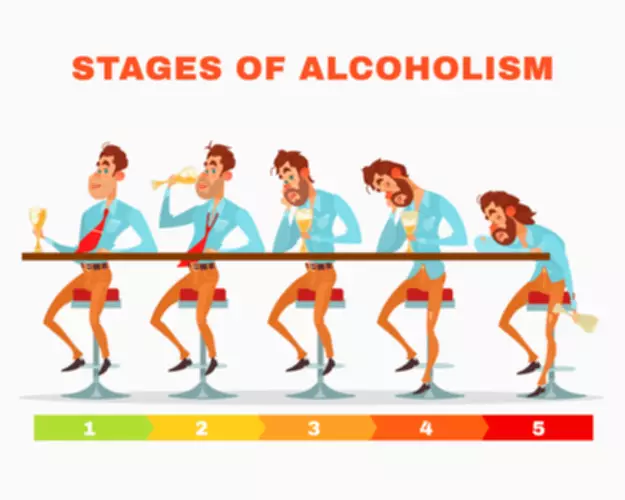


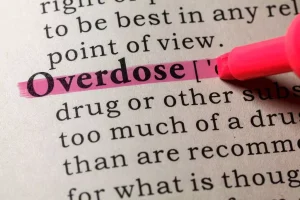
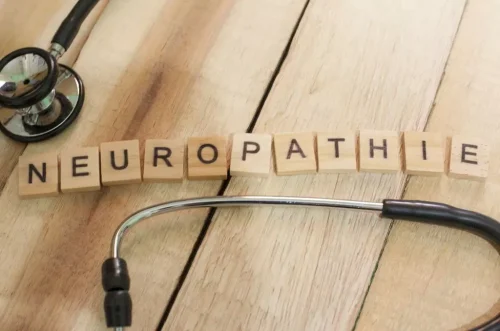



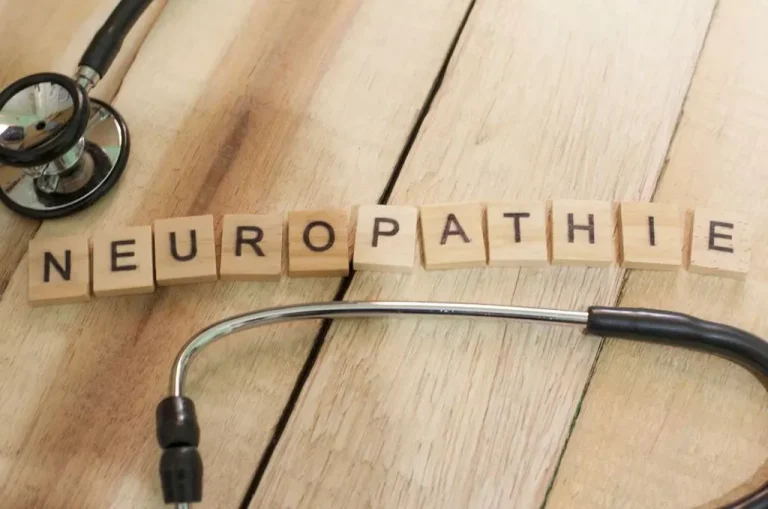
Son Yorumlar